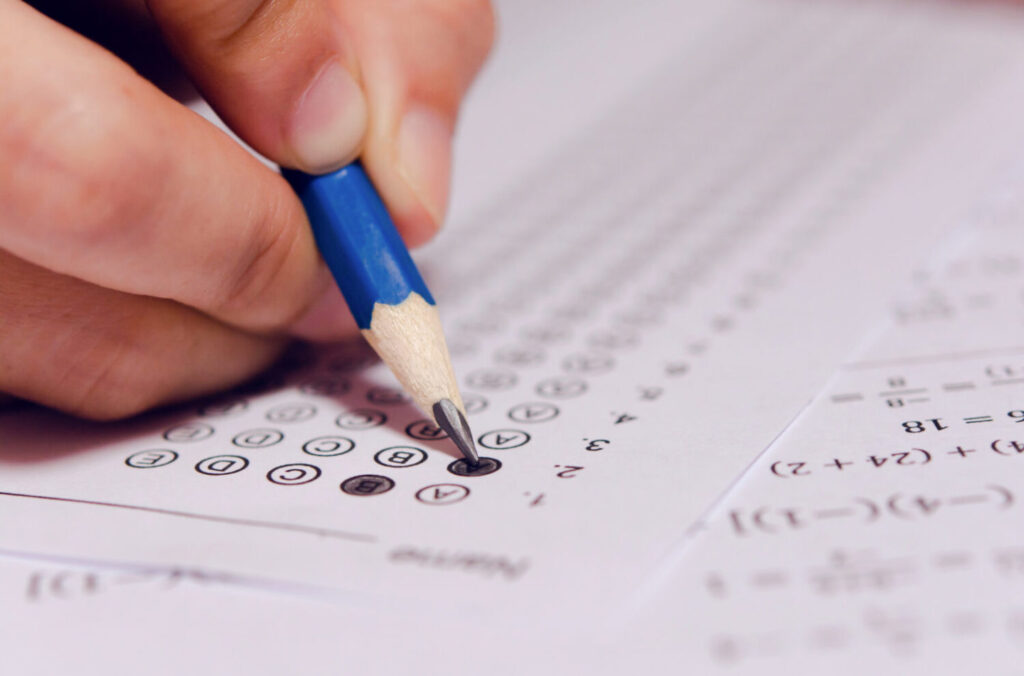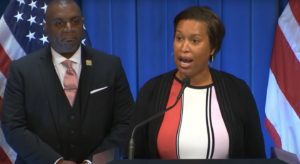Many Washington state students lost almost a year of math under COVID policies, per Harvard study
(The Center Square) – Research from a collaboration between Stanford University and Harvard University reveals that Washington State lost multiple months of learning in math and reading since…

(The Center Square) – Research from a collaboration between Stanford University and Harvard University reveals that Washington State lost multiple months of learning in math and reading since 2019.
Harvard’s Center for Education Policy Research and Stanford University’s Educational Opportunity Project announced the Education Research Scorecard, which showed that Washington State youth lost over five months of learning in math and about three months in reading from 2019 to 2022.
The research notes that the data for individual districts in the state varies widely. Some districts’ losses amounted to nearly a year of losses in math.
The Education Research Scorecard used data from the 2022 Nation’s Report Card, which was released earlier this month. The results from the report card revealed that from 2019 to 2022, Washington fourth-graders saw a 5 point decline in math, while eighth-graders saw a decline of 10 points. In reading, Washington fourth-graders saw a 3-point drop, and eighth-graders saw a 5-point drop.
Harvard’s Center for Education Policy Research Faculty Director Thomas Kane, said the research looked into school districts’ achievements from 2019 through 2022 and took the magnitude of decline divided by typical amount of learning students do in a year to come to the loss of learning in months.
Kane found two reasons to why some school districts lost more months of learning compared to others.
“There were two things: the higher the poverty rate was in the district, the bigger the loss. The second was that the longer the schools were closed, they did see larger declines on average,” Kane said to The Center Square in a phone call.
However, Kane noted he was surprised by how much variability in losses of learning he saw in districts that were closed the same amount of time. According to Kane, there were a lot of schools closed for much of 2021 that had smaller losses of learning than districts that were open for all of 2021.
Seattle Public Schools, the largest school district in the state, lost the equivalent to four and a half months of learning in math, according to the Education Research Scorecard.
Tim Robinson, the media relations lead at Seattle Public Schools, said the school is well aware of Washington State’s test score data from the Nation’s Report Card.
“The decline in [the Nation’s Report Card] scores confirms national research: achievement was negatively impacted by the pandemic in most school districts across the country,” Robinson said to The Center Square in an email. “Consistent with our five-year strategic plan, Seattle Excellence, [Seattle Public Schools] is focused on improving achievement outcomes for our students, beginning with students of color who are furthest away from educational justice.”
Kane expects next year’s scorecard to show that school districts will continue to be behind in learning. For students to catch up in learning, Kane says schools need to implement more aggressive responses: more tutoring opportunities, increase the number of math instruction periods, using vacation weeks and even extending the school year.



